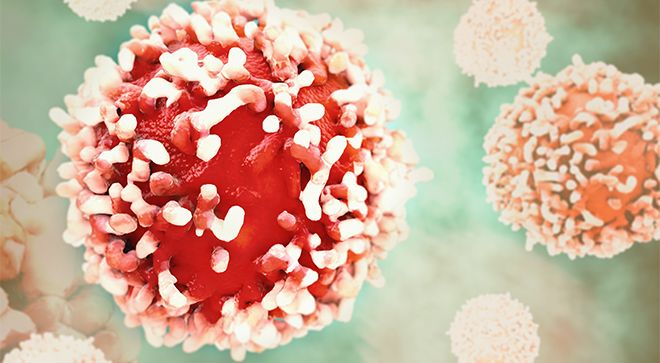Article
Questions Remain About Implant-Associated Lymphoma
Author(s):
With breast implant-associated anaplastic large-cell lymphoma (BIA-ALCL) making recent headlines, many questions remain about this newly discovered illness.
With breast implant-associated anaplastic large-cell lymphoma (BIA-ALCL) making recent headlines, many questions about this newly discovered illness exist, according to Lloyd Gale, MD, associate professor of surgery at Weil Cornell Medical College and chief of plastic surgery at Maimonides Medical Center.
Gale recently spoke with CURE®’s sister publication, Oncology Nursing News, at the 37th Annual Miami Breast Cancer Conference® and CURE® Educated Patient Breast Cancer Summit about the disease and how researchers and patients alike are searching for information about it.
Currently, Gale explained, the risk is still relatively small, with anywhere from 1 in 355 to 1 in 86,000 patients at risk of developing the disease. This leads researchers to seek out what common factors these individuals share.
“Is the previous presence of the tissue expander that's textured, for instance, still a significant risk, or is it only the implant that is at hand?” Gale said.
Ultimately, when asked why this disease develops in some patients, Gale explained, experts have theories, but the underlying cause is still unknown. “Early on, we thought this was associated with a biofilm,” he explained. “That biofilm then creates this ongoing inflammatory action that then results in some metaplastic change in the lymphoproliferative process.”
Additionally, Gale said, all implants contain a micro-level of heavy metal residue left over from the manufacturing process. However, the role of this residue is unclear, and researchers are still examining all angles.
One thing that almost all cases of BIA-ALCL have in common is the presence of textured implants like those recalled from the market by Allergan in July 2019.
“Clearly the more aggressive textured devices, the so-called Biocell devices manufactured by Allergan, have a much higher prevalence,” he went on. “The vast majority of cases have been associated with these implants. So, there's clearly something associated with this more aggressive, deeper-pore, associated with the surface of the implant that is associated with the creation of the process. But it's still to-date not completely clear what the true etiology is.”
Additionally, Gale said, it’s important to remember that immediate implant removal may not be necessary. “The current recommendation still is not to preemptively remove these devices from these patients unless they are presenting with symptoms or unless they have other drivers such as capsule contracture, aesthetic concerns, or implant rupture, to then proceed with implant removal,” he said.
When asked what patients can do, Gale explains that as researchers learn more, awareness is key. “From the standpoint of patient awareness, all patients with textured devices or who have had a history of textured devices should be made aware of the risks,” he said. “We've reached out to patients and we have an ongoing educational process in our office to make certain that our patients are aware of the fact that while they are at risk, there is nothing acute that needs to be done for their treatment or management.”
“At the end of the day, as we start accumulating more data, we'll have a better ability for us to hone down and provide more information for patients moving forward.”
A version of this story originally appeared on Oncology Nursing News as “Expert Discusses Implant-Associated Lymphoma.”




